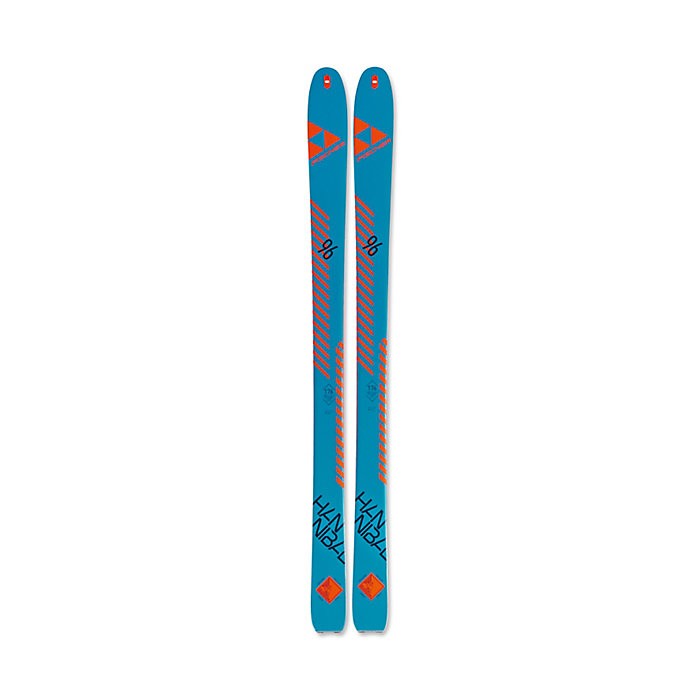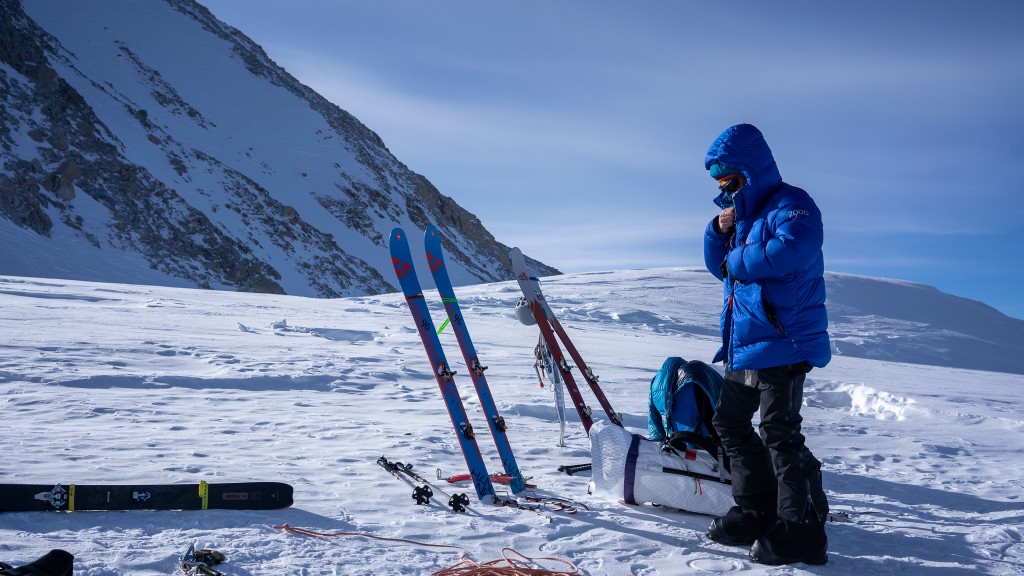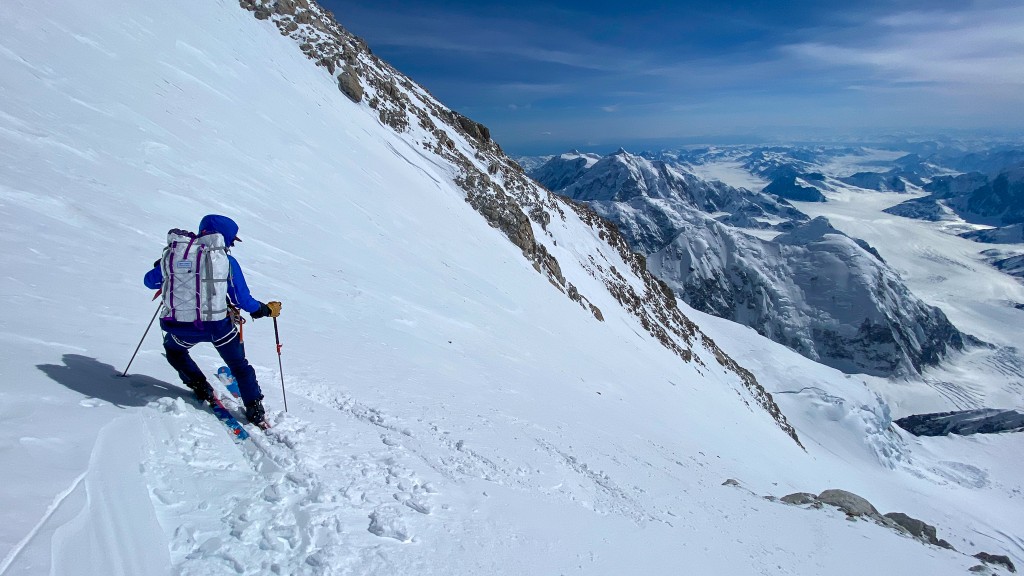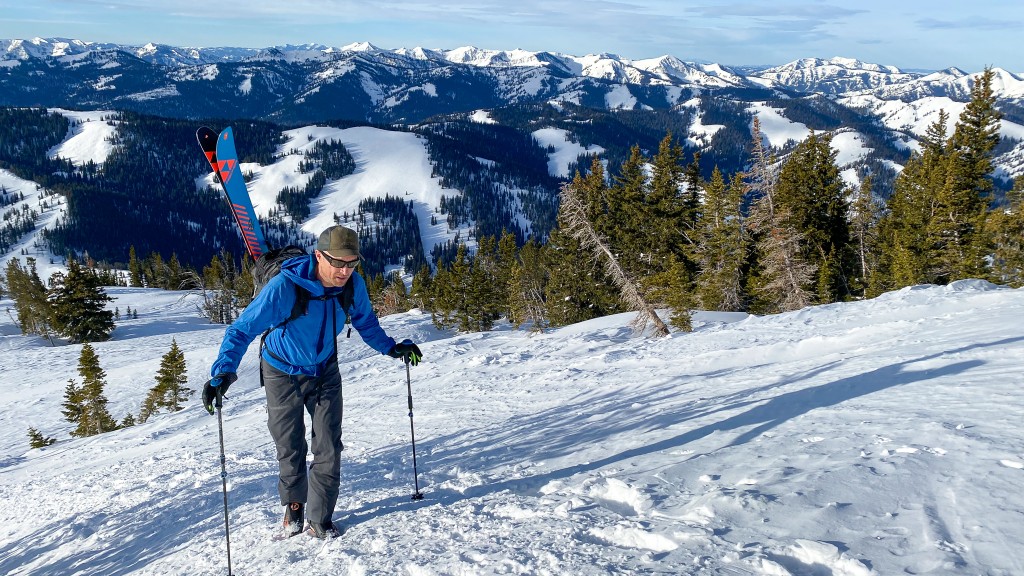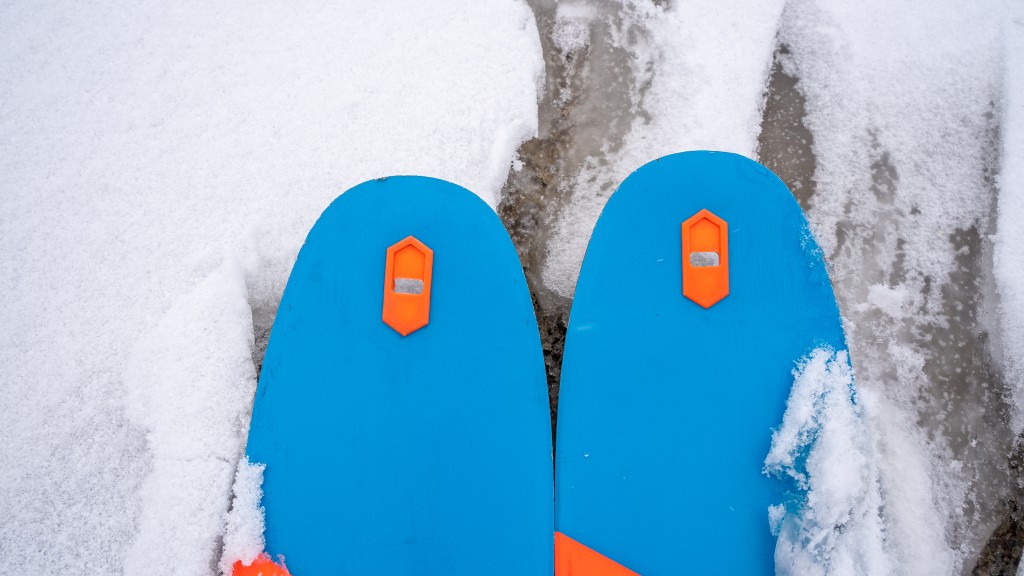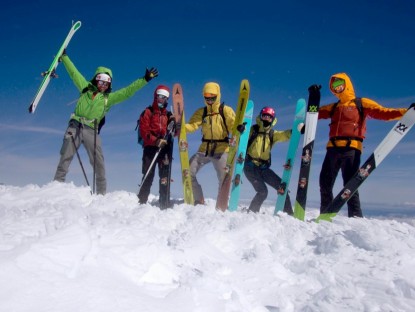Fischer Hannibal 96 Review
Our Verdict
Our Analysis and Test Results
The Fischer Hannibal 96 is a versatile "quiver of one" ski for people living along the North American coasts. It is also very suitable for those going on extended travels or expeditions to serious ski mountaineering destinations.
Performance Comparison
Weight
The North American ski market, in recent history, has emphasized mass and width, resulting in a selection of products that is generally wider and heavier than we deem necessary. At OutdoorGearLab, we are thankful to see narrower and lighter skis making a comeback. This Hannibal is a classic all-conditions touring ski with contemporary materials and a nod to modern dimensions. Fischer gets the skis so light by keeping them narrow and thin, somewhat compromising durability and ski performance. They integrate just enough carbon fiber to stiffen the ride and then bring proper alpine ski technology to the overall package.
Backcountry skiing is becoming a big business. Historically, alpine ski manufacturers made backcountry skis that skied well but were heavy, while the touring brands made skis that were light but didn't descend well. This Fischer model marks a departure from that norm, joining truly innovative lightweight construction with downhill pedigree. We'll say it again: the weight of the Hannibal 96 is perfect. On our calibrated scale, the pair of tested 176cm Hannibal 96 weighs 2550 grams. That's 5.6 lbs for the pair, or 1275 grams per ski.
Firm Snow Performance
While the lack of material in the Fischer cannot provide as much stiffness as the heavier choices, the narrow profile provides more than adequate edge grip. In steep, rock-hard high Alaska spring ski mountaineering, the Hannibal hung on when it mattered the most. We also did some resort riding as part of a side-country avalanche course and found that the Fischer could rail groomed run turns as if it were not a sub-6-pound touring machine.
Powder Performance
All skis we used were fun in powder. Our test roster varied in waist width by a few dozen millimeters, and we have used even bigger and even smaller skis in perfect powder snow. The widespread opinion holds that wider is better for powder. True, one can go faster on wide skis in powder.
And one can make turns on lower-angled slopes with wider skis. But when it is truly excellent, all modern skis are amazing in powder snow. If the powder is perfect, we would often rather be able to bust out extra laps with lightweight, narrow skis than be worn out by lugging the big guns up those same fluffy slopes. We issued the Hannibal 96 to a tester for what proved to be a spectacular end to a gnarly recent Mountain West drought. That tester skinned up as literally two feet of snow fell throughout the day. All "common convention" might have suggested that the Hannibal 96 would be too narrow to enjoy on the downhill in such deep conditions, but that was decidedly not the case; this tester had a great time!
Crud/Poor Snow Performance
In poor snow, width, mass, and construction matter the most. Bigger, more rockered skis ride better when the going gets breakable or sloppy. To make a narrow ski perform adequately in the tough stuff is a more difficult task. We will not sugar coat it; the Hannibal did not perform as well in the chop as bigger and/or more sophisticated skis.
What the Hannibal did, though, was get us through the inevitable bad snow with style. More than with most of the skis we reviewed, we were able to ski through poor snow with low-energy parallel turns. The edges grabbed minimally, the tips stayed up and out of the crust, and the tails followed where we intended to go. We cannot say that these charge the poor snow like a bigger tool would, but we can say that they do better than mere survival.
Stability at Speed
The feel at speed and in steep, high-energy riding with the Hannibal belies its ultralight construction. We don't know how Fischer did it, but the Hannibal allows for high-speed cruising and lands big jump turns almost as well as the much burlier products. One ski tester said about the Hannibal, without really considering the weight, "they just feel like an average alpine ski". This is high praise for an ultralight special-purpose product.
At the same weight and similar dimensions, other skis bring noticeably better stability than the Hannibal. All those that do, though, are much more expensive.
Should You Buy the Fischer Hannibal 96?
We love the Hannibal 96. Its overall scores are eclipsed by products with even more finely tuned max performance, but few are really as versatile and forgiving, especially for beginner to intermediate backcountry skiers. Note how we use the labels "beginner to intermediate backcountry skiers". These are not the same as the labels used for skiers inside the resort. In terms of downhill ability, a beginner backcountry skier is one that has attained expert status in a resort and is therefore ready to start learning the nuances of backcountry downhill techniques. The Hannibal 96 is especially forgiving, given its low weight, for this sort of skier.
What Other Backcountry Skis Should You Consider?
If you can find them and afford them, the Editors Choice Movement Alp Tracks 100 weighs exactly the same as the Fischer Hannibal and skis slightly better in almost every way. It is a little more demanding of your technique, especially in firm snow, but it's a better downhill performer overall. The Black Crows Camox Freebird is heavier than the Fischer and, especially in poor and powder snow, will perform better than the Fischer.


